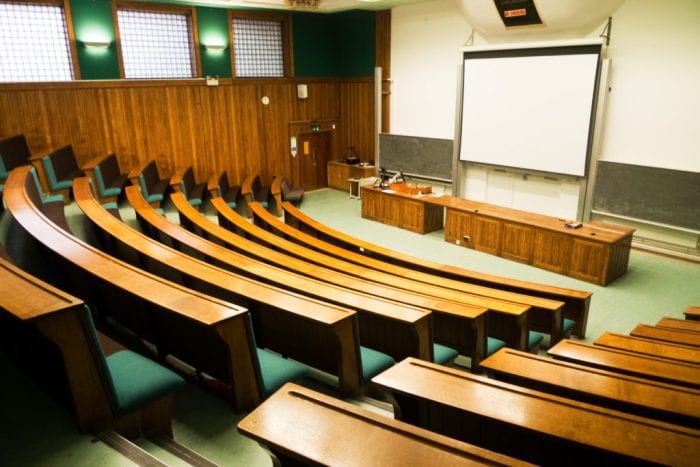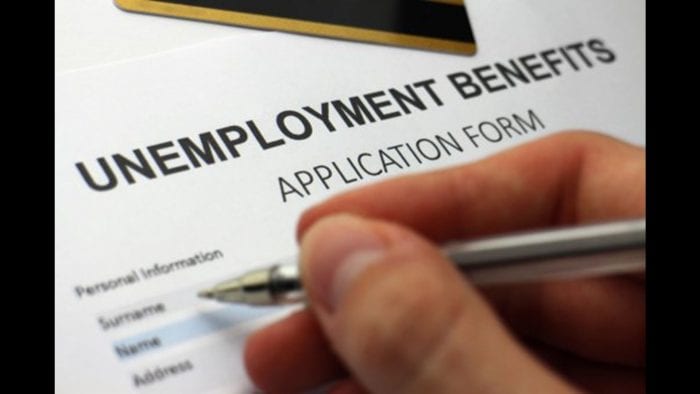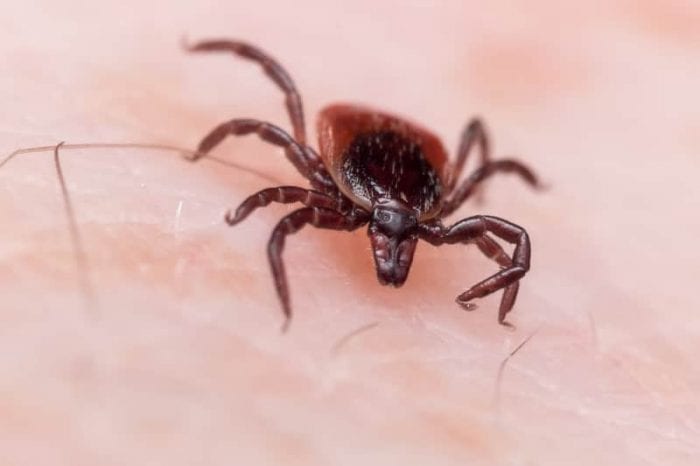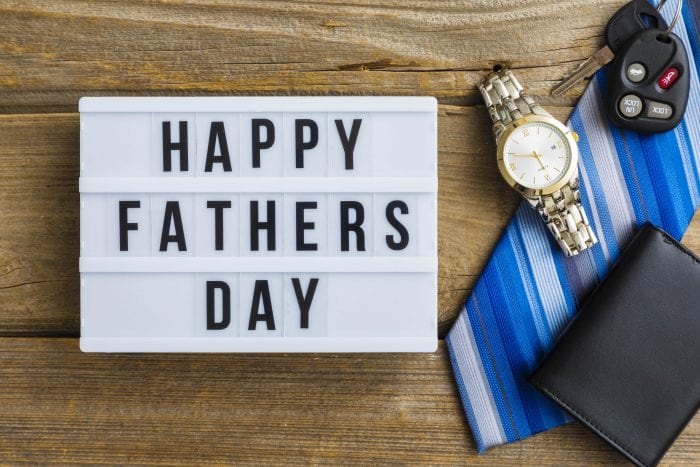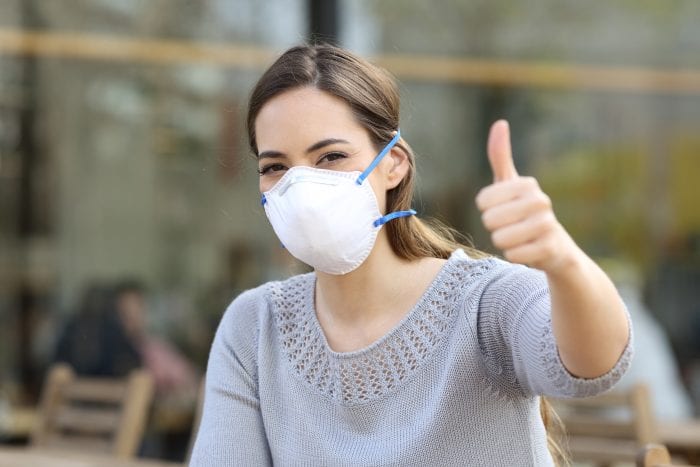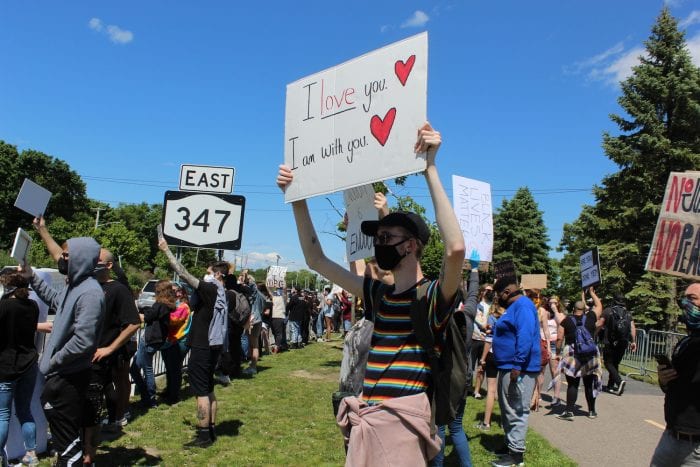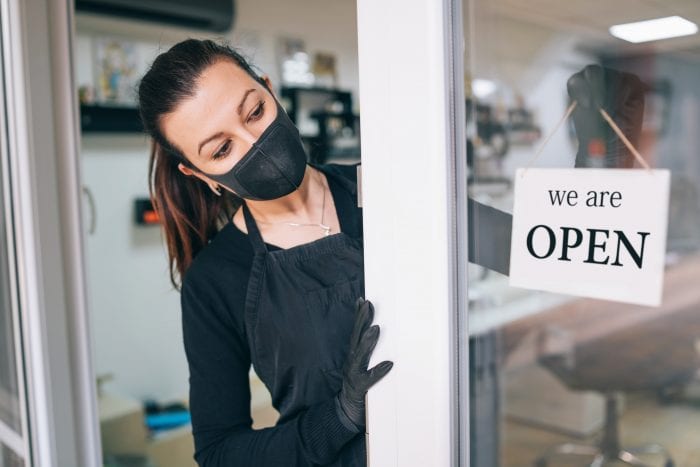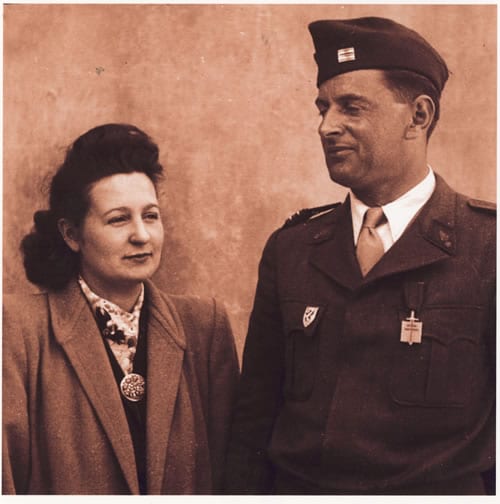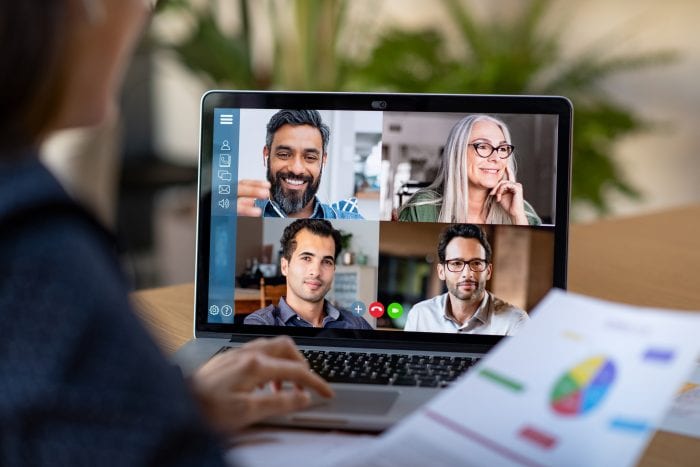By Leah S. Dunaief

Most of us like to try to peer into the future and see what may lie ahead. That’s one attraction of a world’s fair and of futurist books. One such popular book of half a century ago was “Future Shock,” by Alvin Toffler, which dealt with how people can adapt to changes and even embrace them. During this coronavirus pandemic, the first such in 100 years, consensus seems to be that life will be changed after the disease ends, that this is a defining moment in
our history.
But how will things change?
A columnist for The New York Times, David Leonhardt, tried to provide a few answers this past Sunday in his article entitled. “It’s 2022. What does life look like?” Here is some of what he has to say that you and I can probably agree with, understanding that the timing of a vaccine can, in turn, alter the most clairvoyant of predictions.
Many traditional department stores will disappear. Already weakened by specialty stores like Home Depot or discount stores like Costco, the one-stop of Sears and J.C. Penny have been bypassed by shoppers, who have also embraced the convenience of the internet. Walmart and Amazon are among the world’s richest public companies today. Retailers in general have been stricken by the consumer move to online shopping. As investment guru Warren Buffett has been often quoted, “It’s only when the tide goes out that you learn who’s been swimming naked.”
Retail stores that have just managed to hang on will now experience a death blow. This could be devastating for shopping malls that depend on retailers’ rent. Of course, after a vaccine frees people to go shopping as something more like recreation, those retailers who provide an “experience” along with their goods for sale will have a better chance of surviving and even thriving. The demise of small retailers will have a huge impact on villages and unemployment, I believe. Many residents across the country work in their local stores.
Another change will be in higher education, according to Leonhardt. Dozens of colleges, private and public, despite being heavily subsidized by government, are in trouble. There are a couple of reasons. While college enrollment has pretty consistently been growing in the United States since the Civil War, in the last decade undergraduate numbers have fallen, the result of fewer births and, I believe, of a reconsideration of the value of pricey college education. Colleges have lost the revenue from summer school, from food service and parking fees. Of greatest concern is the imminent reduction of state aid due to stricken state budgets. The big question now is whether colleges will be able to bring back students for fall classes. If they cannot return, revenue is likely to drop sharply. Remote learning was not as successful or satisfying as was hoped. This could have severe implications for the educational level of the next generation of Americans.
The positive side of the remote coin can be found among white collar workers, many of whom will prefer to work at least part of the week from home in the future. There will be less business commuting, less travel with attendant fatigue, less cost. But that will negatively affect commercial real estate, the airlines and hotels.
The third at-risk industry, in Leonhardt’s view is local newspapers. “Between 2008 and 2019, American newspapers eliminated about half of all newsroom jobs. The virus has led to more job cuts — and could end up forcing dozens more papers to fold … If that happens, their cities will be left without perhaps the only major source of information about local politics, business, education and the like.” To what end? “Corruption and political polarization tend to rise while voter turnout tends to fall,” says Leonhardt. In short, the community begins to shrivel.
The solution, as we see the future, is to embrace change and make it work for us. That is why we here at the local newspapers are also the popular news website, tbrnewsmedia.com with almost 150,000 unique viewers a month. We are the sponsors of several social platforms and the innovators of such valued print products as the 2020 graduation supplement and the TBR Artists Coloring Book released in the last month alone. With, and only with your support, we at Times Beacon Record News Media are here to stay.

